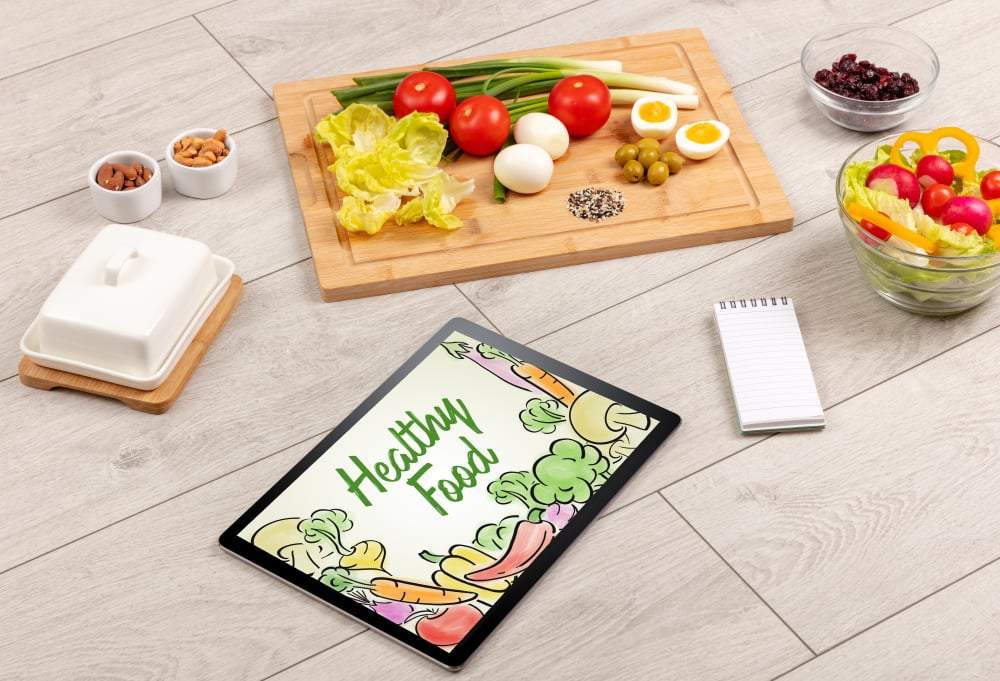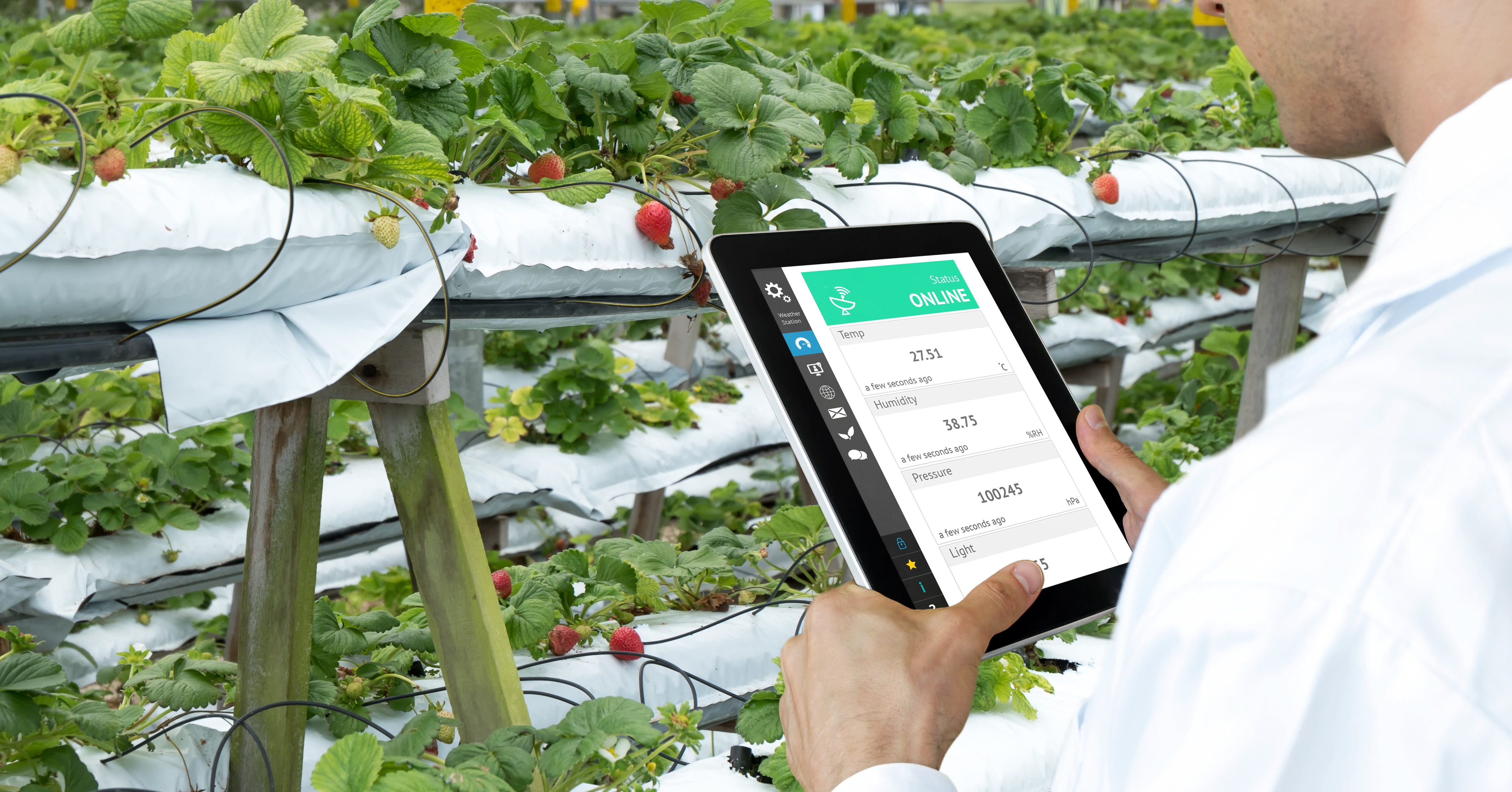Although interest in the plant-based industry continues to grow, many remain unaware plant-based meats present similar food safety challenges as traditional meat products. However, it's an emerging issue for consumers and producers to focus on developing food safety strategies that build consumer trust in the plant-based sector.
Consumer concerns over plant-based meat safety
A recent plant-based report from Kerry into consumer attitudes about food safety confirmed what many in the industry already knew – fresh and processed meats are the top two items of concern for at home consumption.
What was interesting though, is that plant-based dairy and plant-based meat alternatives were in the third and fourth spots of products where consumers have the highest level of food safety concern. Out of the 1000 consumers surveyed, just under half (49%) said they are concerned about food safety in plant-based meat.
One explanation for these results is that people buying plant-based meats want to be able to treat plant-based the same as they’ve handled animal meats. For example, they expect the same shelf life and warning signs when the product has expired or gone bad.

Another explanation is consumers are still unfamiliar with the plant-based industry and won’t give them a free pass just because there’s a feel-good factor around them. In fact, Kerry’s report found that more than 60% of consumers read a product’s ingredient statement and nutritional panel when buying plant-based products.
These products usually have longer ingredients lists, so there’s value in the plant-based industry developing cleaner, shorter labels on their products with fewer and more familiar sounding ingredients. Simply put, ingredients that are “chemical sounding” don’t align with the values of consumers in the plant-based space.
Similar to the meat industry, public recalls are another factor with plant-based, with industry data finding recalls can add up to $10million in lost sales and increased costs. Clearly, a mixture of consumer education and consumer-friendly labelling can help ease the worries of your customers.
This is about building trust, where consumers can read your list of ingredients, feel a level of familiarity and feel confident in making a purchase decision.
Similar food safety risks in animal protein and plant-based meat
As we’ve touched on already, Kerry’s research revealed consumers are unsure of what constitutes a food safety risk. And this can be a barrier to adoption (especially if they’re expecting a similar taste and texture to animal-based products).
Now, more than ever, it’s vital your plant-based foods are fully protected, especially in terms of quality. This is because a poor quality taste experience can be seen as a food safety risk to consumers.

As both animal and plant protein products have high moisture content and are nearly pH-neutral, they make the ideal growing environment for bacteria. This makes the risks similar for both categories, but there are actually more spoilage factors for plant-based products.
This is because the diversity of substrates and raw materials in plant-based meat make spoilage challenges higher than in animal protein (e.g. yeast, mould, lactic acid bacteria). By targeting spoilage – the main limiting factor for shelf-life of plant-based products – you can reduce food waste and costs.
Improve your food safety protocols with an industry-specific solution
Technology can enhance your food safety protocols, making it more efficient to conduct processes such as inventory, auditing and training. A generic ERP system will give you some of the functionality needed to address these areas, but foodstuff requires additional features due to its complexity.
With an industry-specific solution, you can maximise performance in your operations so you can deliver better quality food and meet customer demand easily.
For example, food ERP software offers full visibility over each stop along the supply chain for all your goods, right down to the Lot number. This allows you to isolate and contain any potential issues, as well as remain prepared in the case of a recall.

Specialist food solutions also help keep your sanitation practices regular and thorough, helping you reduce the chances of your products becoming compromised along the way. Automatic scheduling and on-screen reminders ensure your team carry out their cleaning tasks on time, meaning you won’t have to worry about any residue or by-product contaminating your plant-based products.
To learn more about the areas food businesses can exploit with industry-specific ERP software, listen to our podcast episode by clicking here.
Ensuring successful technology adoption in the food industry
With more and more competitors entering the plant-based industry, businesses need to find ways to stand out from the competition. Food-specific solutions can help plant-based meat manufacturers boost supply chain transparency, reduce prices, improve recipes and increase product availability.
In our guide, we cover what technology adoption looks like in the food industry, how you can get started on your tech journey, as well as cover the latest trends.
Click the button below to download it now.

